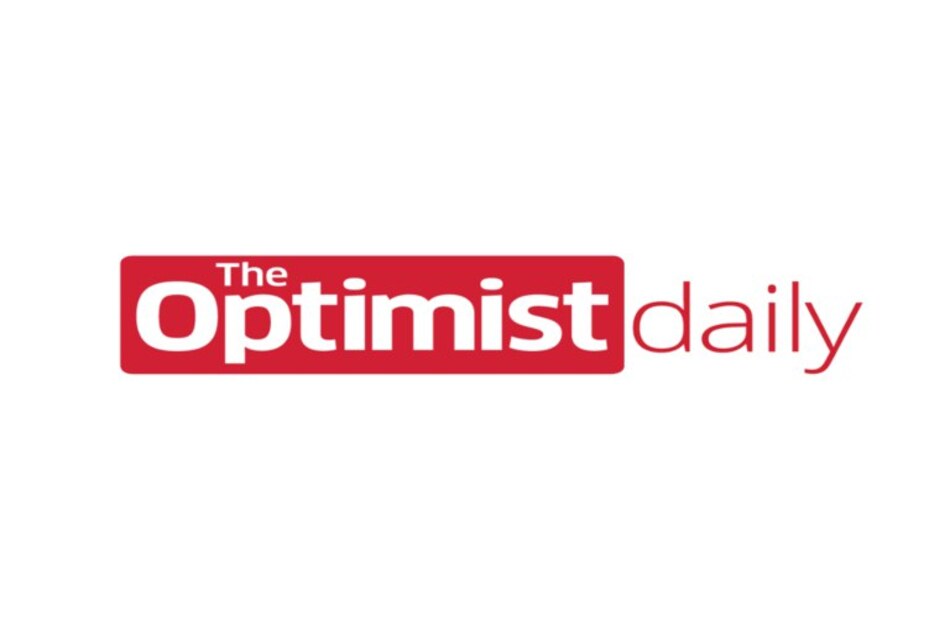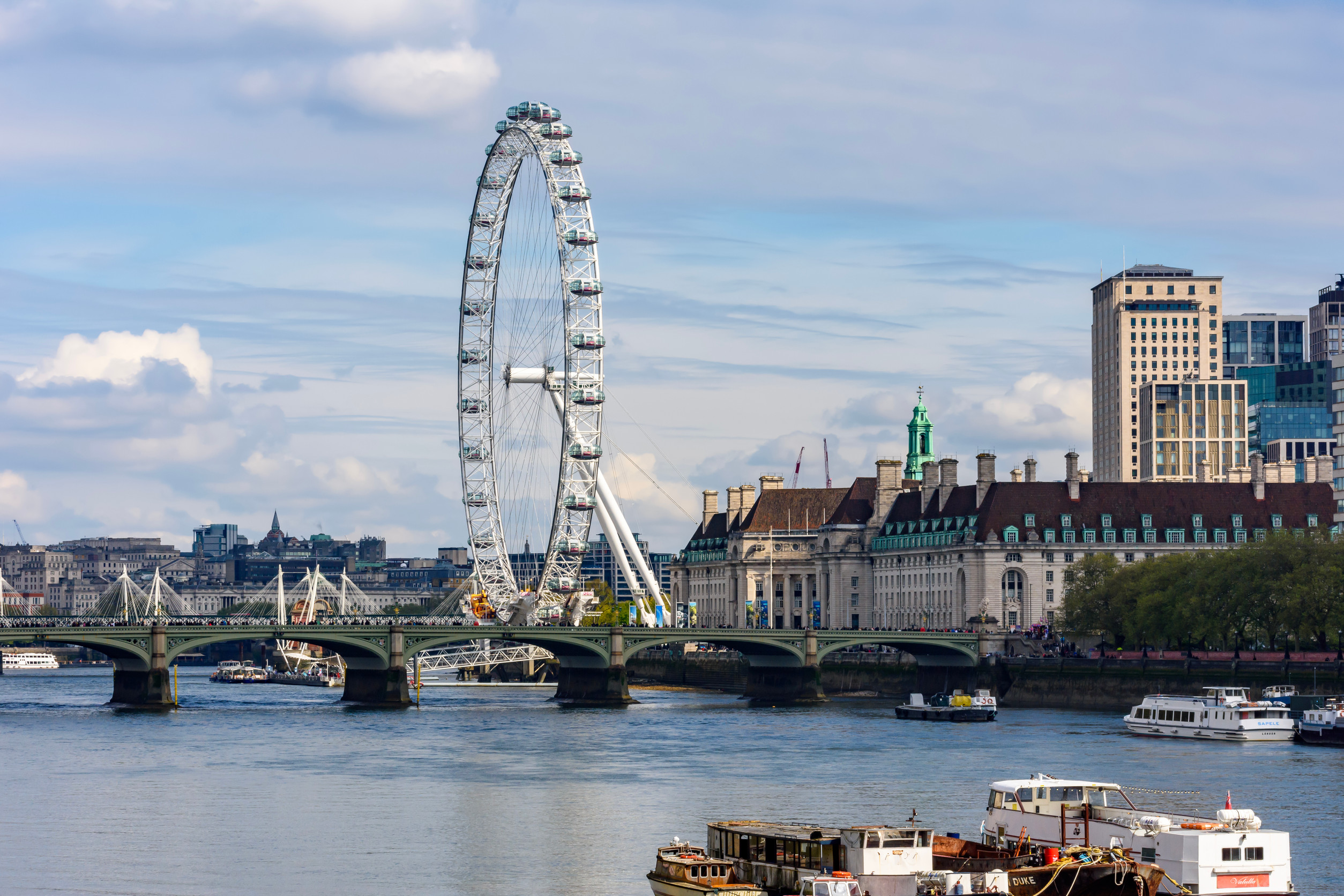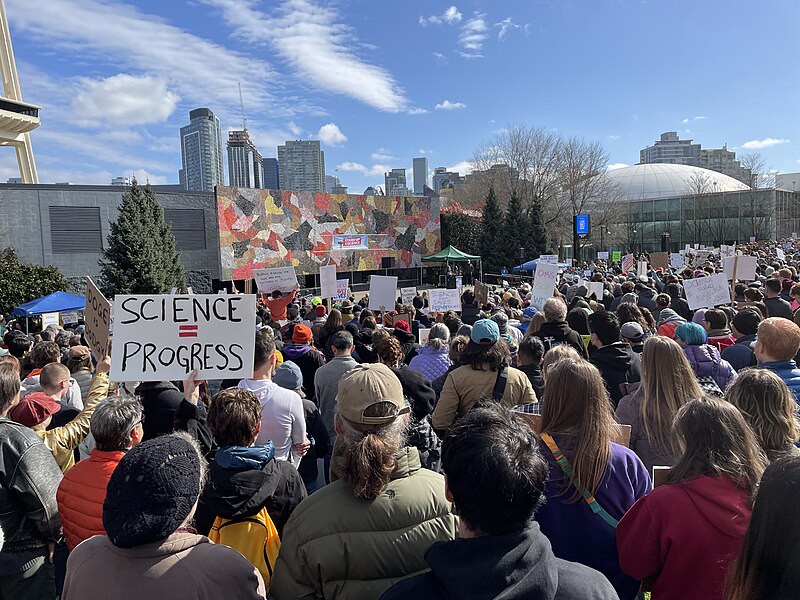UBI experiments in cities like Stockton have demonstrated the poverty-alleviating powers of direct payments to citizens and how this money can provide the monetary breathing room needed for people to achieve lasting financial security. Stimulus payments to Americans during the pandemic is the first real large-scale US experiment with direct payments. Let’s take a look at the impact this financial solution is having so far.
A new study from a bill-paying service Doxo has found that two-thirds of Americans who received the latest stimulus check are using that money for direct bill payment. A significant portion of this 62 percent is using the money to cover credit card bills.
This evidence is an influential counterargument to the assertion that Americans would spend the money on unnecessary frivolous goods or services. This report demonstrates how the money is, in reality, going towards covering critical financial expenses.
Other than credit card statements, these bills included utility and internet payments. Since the pandemic, 42 percent of Americans have skipped paying at least one bill. This new study shows that of the 110 million people who reported receiving stimulus checks, the majority are using this money to cover critical expenses and pay off debt. Doxo notes that just 2.5 percent of all stimulus check recipients reported using the money for recreational goods.
The efficacy of direct payments is a hotly debated economic topic, but this initial evidence indicates that Americans are receiving these payments at a time when they are in desperate need of financial support and are using this money for everyday expenses like food, shelter, and utilities.











